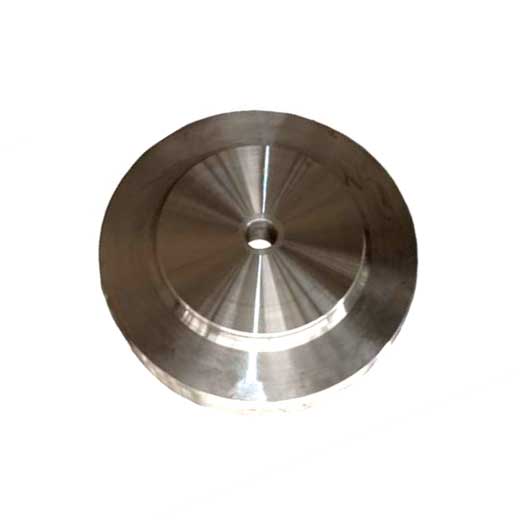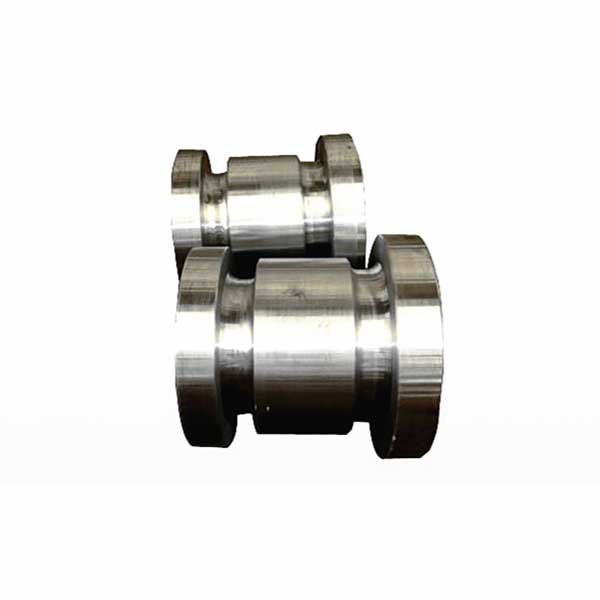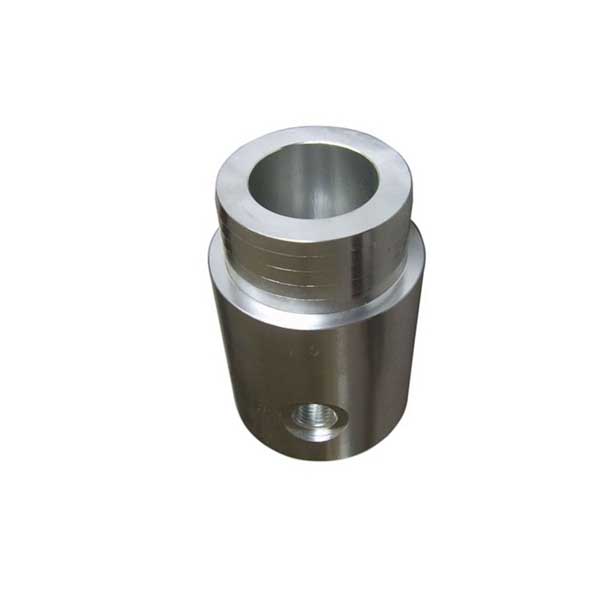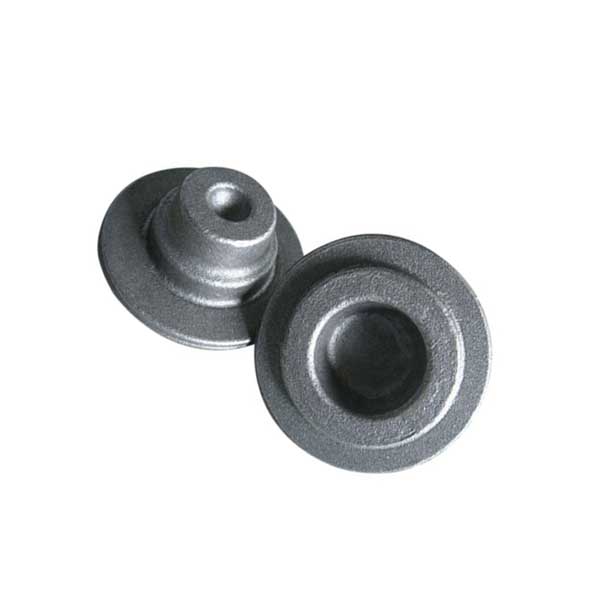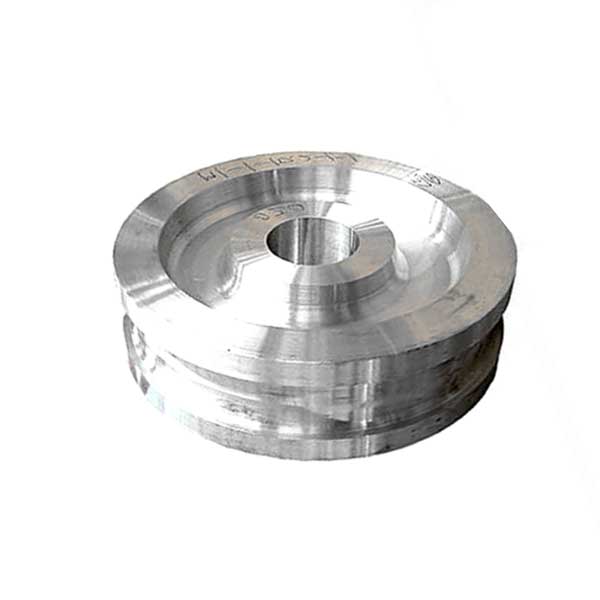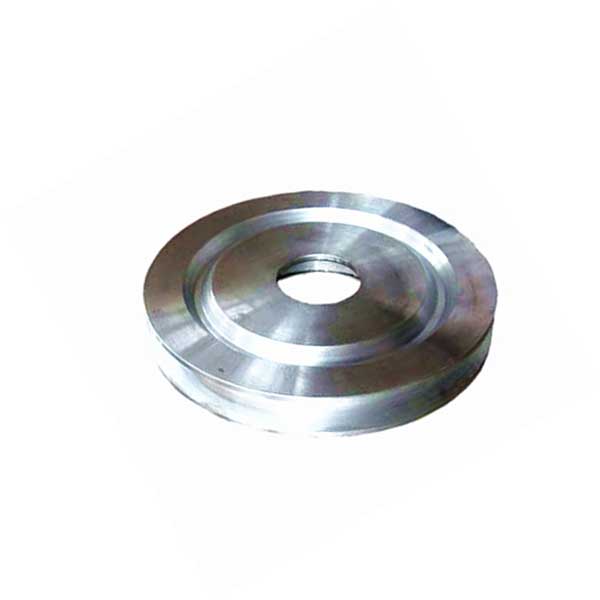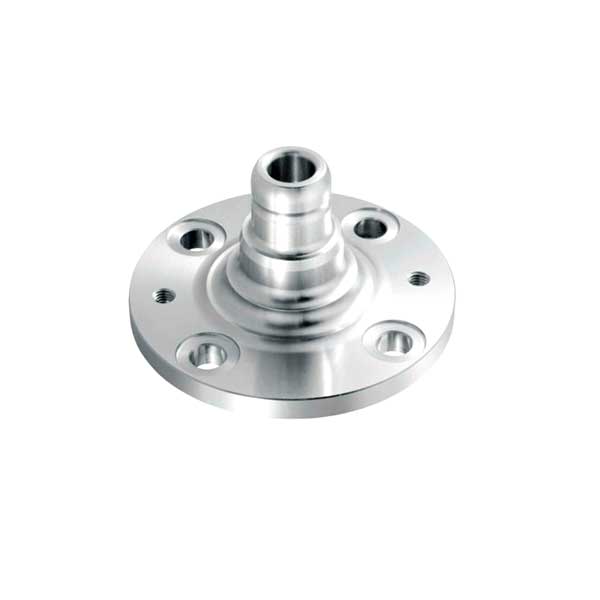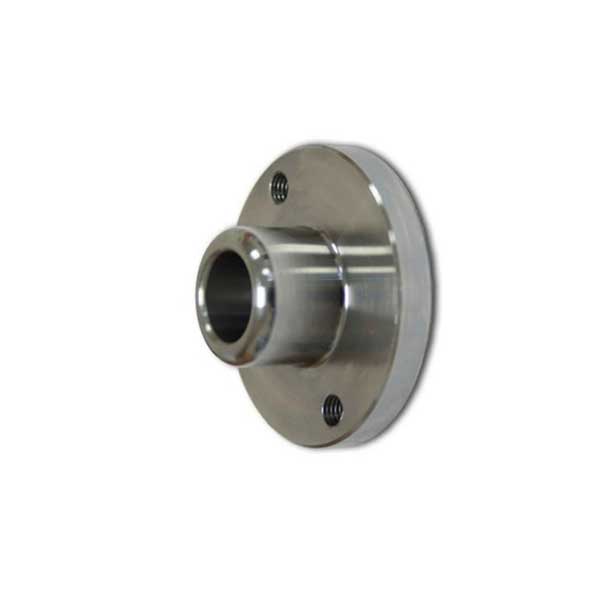Axle forgings are a type of machining process. Forgings are objects in which metal is stressed, plastically deformed to shape the desired shape or suitable compressive force, forgings, which are typically achieved by using a hammer or pressure, then Axle forgings What are the general characteristics?
1, Axle forgings surface beauty and the possibility of use;
2, good corrosion resistance, longer durable than ordinary forgings;
3, good corrosion resistance;
4, high intensity, the possibility of use is large;
5, high temperature oxidation and high strength, so it can resist fire;
6, normal temperature processing, that is, easy plastic processing;
7, because it does not have surface treatment, it is simple and easy to maintain;
8, clean, high finish;
9, good welding performance.
After the equipment is used, it needs regular maintenance or overhaul. So for forging equipment is no exception, then what steps are needed for testing?
- For long-axis forgings of equal section, the forgings are repeatedly rotated slowly on the flat plate. The large deflection of the axis can be measured.
- The forgings are placed on the V-shaped block or rolling bar of special data, the forging blank and the rotating forging. The large deflection between the two points of the forging can be measured through the meter.
- Forging plane perpendicularity test If the perpendicularity of an end face (such as the flange) on the forging piece and the center line of the forging piece is to be inspected, the forging piece can be placed on two V-shaped blocks, and the runout value of the end face can be measured by a measuring instrument. .
- Forging plane parallelism test A certain end face of the forging piece can be selected as the reference, and the error of the parallelism between the parallel faces can be measured by means of the measuring instrument.
Forgings have been widely used in various industries, forgings, then forgings are formed by hot forging of steel ingots. The residual of the shrinkage cavity is that the shrinkage hole in the ingot is insufficient to be cut when forging, and is often found at the end of the forging.
Casting defects mainly include: shrinkage hole residual, loose, inclusion, crack and so on. Forging defects mainly include: folding, white spots, cracks, and the like. When forging, it is not completely fused due to insufficient forging ratio, and is contaminated with internal inclusions, foreign non-metallic inclusions, and metal inclusions. The inner inclusions are mainly concentrated in the center and head of the ingot.
Cracks include casting cracks, forging cracks, and heat treatment cracks. Austenitic steel axial intergranular cracks are cracks caused by casting. Improper forging and heat treatment can form cracks on the surface or core of the Axle forgings.
Search
OFFICE HOURS:
Mon-Fri 8:30-17:30
Contact us
Tel:+86-379-65505200
Mob.: +86-18538887499
E-mail: sales@jhindustrial.cn
Address: Luolong Industrial District, Luoyang City, Henan Province, China, 471000

